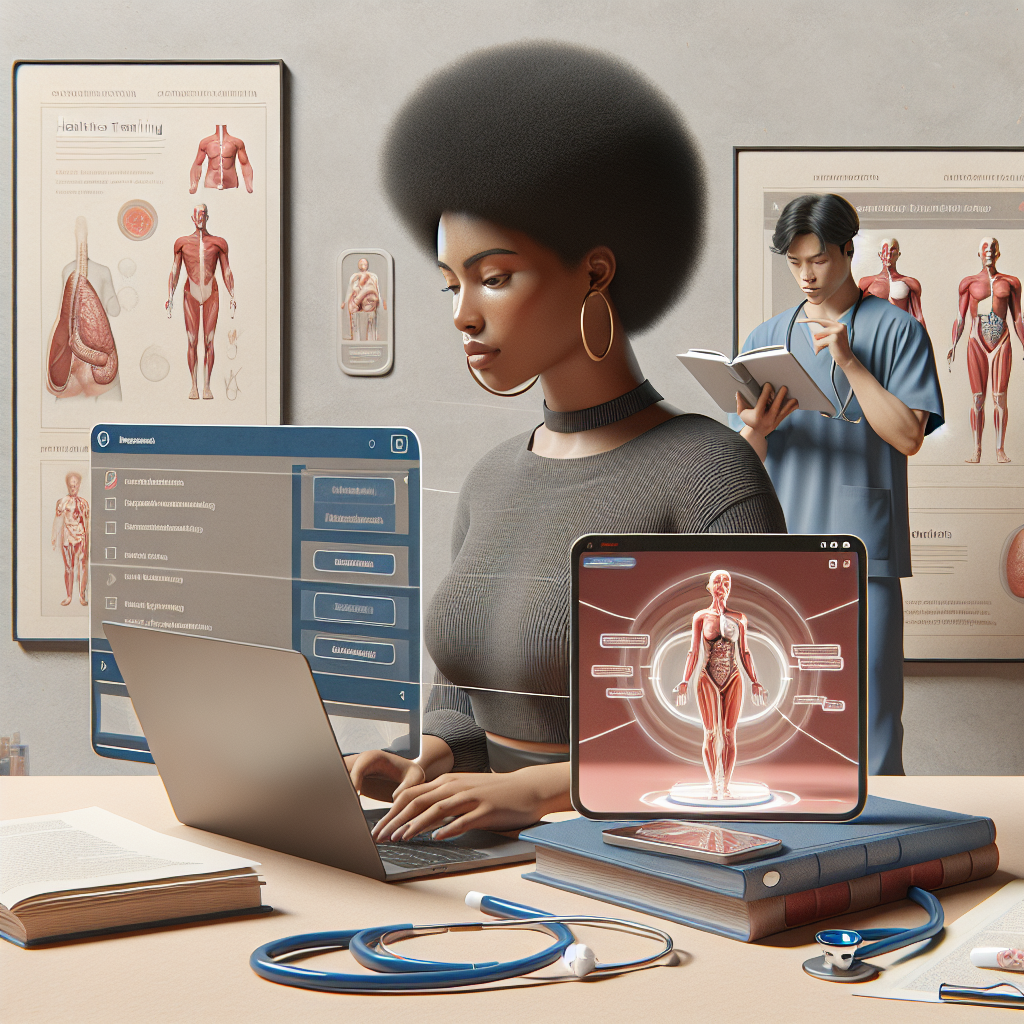Online healthcare education is increasingly central to training clinicians, allied health professionals, and support staff. Mastering Online Healthcare Training: Step-By-Step Guide outlines practical steps to design, deliver, and assess virtual learning experiences that improve competency and patient outcomes. This article walks through planning, technology, learner engagement, assessment, and continuous improvement so you can implement effective e-learning programs in clinical settings.
Start with clear learning objectives and competencies
Begin by defining specific, measurable competencies for your learners. Map objectives to clinical tasks, safety protocols, or accreditation standards. Use competency-based frameworks to prioritize what learners must be able to do, not just what they should know. That focus guides content selection, simulation design, and assessment methods.
A step-by-step implementation plan
Break your rollout into manageable phases. Each phase should have goals, deliverables, and stakeholders identified.
Phase 1 — Needs assessment and stakeholder buy-in
Survey learners, preceptors, and department leads to identify gaps. Estimate resources, technology needs, and timeframes. Early stakeholder engagement reduces resistance and uncovers practical constraints.
Phase 2 — Content and instructional design
Create modular content that aligns with objectives. Mix formats: microlearning videos, case-based scenarios, recorded lectures, and interactive quizzes. When appropriate, integrate virtual simulations or standardized patient encounters to practice decision-making.
Phase 3 — Platform selection and technical setup
Choose a learning management system (LMS) or platform that supports assessments, tracking, and reporting. Prioritize accessibility, mobile compatibility, and secure handling of learner data. Pilot the platform with a small group to identify technical issues early.
Engagement strategies for virtual learners
Maintaining attention and promoting active learning are crucial. Techniques that work well in healthcare training include:
- Case-based discussion boards that require diagnostic reasoning and peer feedback
- Interactive simulations with branching scenarios to practice clinical decisions
- Short live sessions for skills demonstration and Q&A rather than long lectures
- Peer teaching assignments to reinforce mastery and communication skills
Assessment and competency verification
Design assessments that reflect real-world performance. Use objective structured clinical examinations (OSCEs), skills checklists, and observed simulations for hands-on competencies. Pair formative quizzes with summative evaluations and require demonstration of skill in a simulated or supervised clinical environment before granting privileges.
Data-driven improvement and scaling
Collect analytics on completion rates, quiz performance, and assessment outcomes to identify weak points in your curriculum. Use learner feedback and performance data to iterate on content and delivery. When scaling, maintain fidelity to core competencies and ensure trainers are prepared to supervise clinical application.
Compliance, privacy, and accessibility
Ensure training complies with relevant regulations and institutional policies on patient privacy and data security. Provide accommodations for learners with disabilities and adhere to accessibility standards. Maintain documentation for accreditation, credentialing, and continuing education audits.
Resources and complementary wellness topics
Effective healthcare training often benefits from ancillary wellness resources for learners and patients. For example, you can review an informative guide on grounding and wellness practices in clinical self-care here: a complete guide to grounding mats and sheets and their science-backed benefits for inflammation and wellness.
For authoritative guidance on telehealth implementation and remote care practices that intersect with online training, see the CDC’s telehealth guidance: CDC telehealth resources and guidance for remote clinical care.
Quick checklist before launch
- Align objectives to competencies and clinical tasks
- Validate content with subject-matter experts
- Pilot technology and workflows with a test cohort
- Establish assessment criteria and proctoring procedures
- Plan ongoing evaluation and updates based on learner outcomes
FAQ
How do I measure the effectiveness of online healthcare training?
Combine quantitative metrics (completion rates, assessment scores, error rates) with qualitative feedback (learner surveys, supervisor observations). Track downstream clinical metrics when possible, such as adherence to protocols or patient safety events, to link training to outcomes.
What technologies are essential for high-quality virtual clinical training?
At minimum, use an LMS with assessment and reporting capabilities, reliable video conferencing, and simulation tools if teaching hands-on skills. Ensure secure data handling and integrate tools that allow observed practice or supervised clinical application.
How can I maintain learner engagement over long programs?
Use microlearning, frequent low-stakes assessments, practical case work, and periodic live sessions. Recognize milestones and provide opportunities for peer interaction and feedback to sustain motivation.



